The other day I did a little job, photographing a group of 3 and 4 year olds. The job was a bust completely. After 30 images, not one had all of the little sweethearts looking at the lens. Lots of photoshop or a reshoot.
The worrying thing though was some severe (pink and green) CA in the left lower corner at 40mm f5.6 on the 40-150 pro. How bad? The subjects were in direct sunlight, wearing striped blue and white tops, so the issue will appear here if ever. After post the problem was mostly gone, but it worried me I had a lens that was sub par.
The processing was done, the poor choice of images sent in for rejection and the worry set in. For two days, distracted by thoughts of a lens issue, I attended to other things, but I knew the only answer was to research both the lens and the web for answers.
It turns out that the lens has an issue with CA at 40mm until f8 (thanks slrgear). It is also a little soft in the corners, but not too much and that clears up sooner than f8. My copy may bat above average though as it looks to be only a left corner issue, showing much less CA and softness in the right corner.
The test.
Setting the OMD to the lower left corner focus point, then the right then the centre, I hand shot the Ricoh camera pictured. Hardly scientific, but field equivalent.
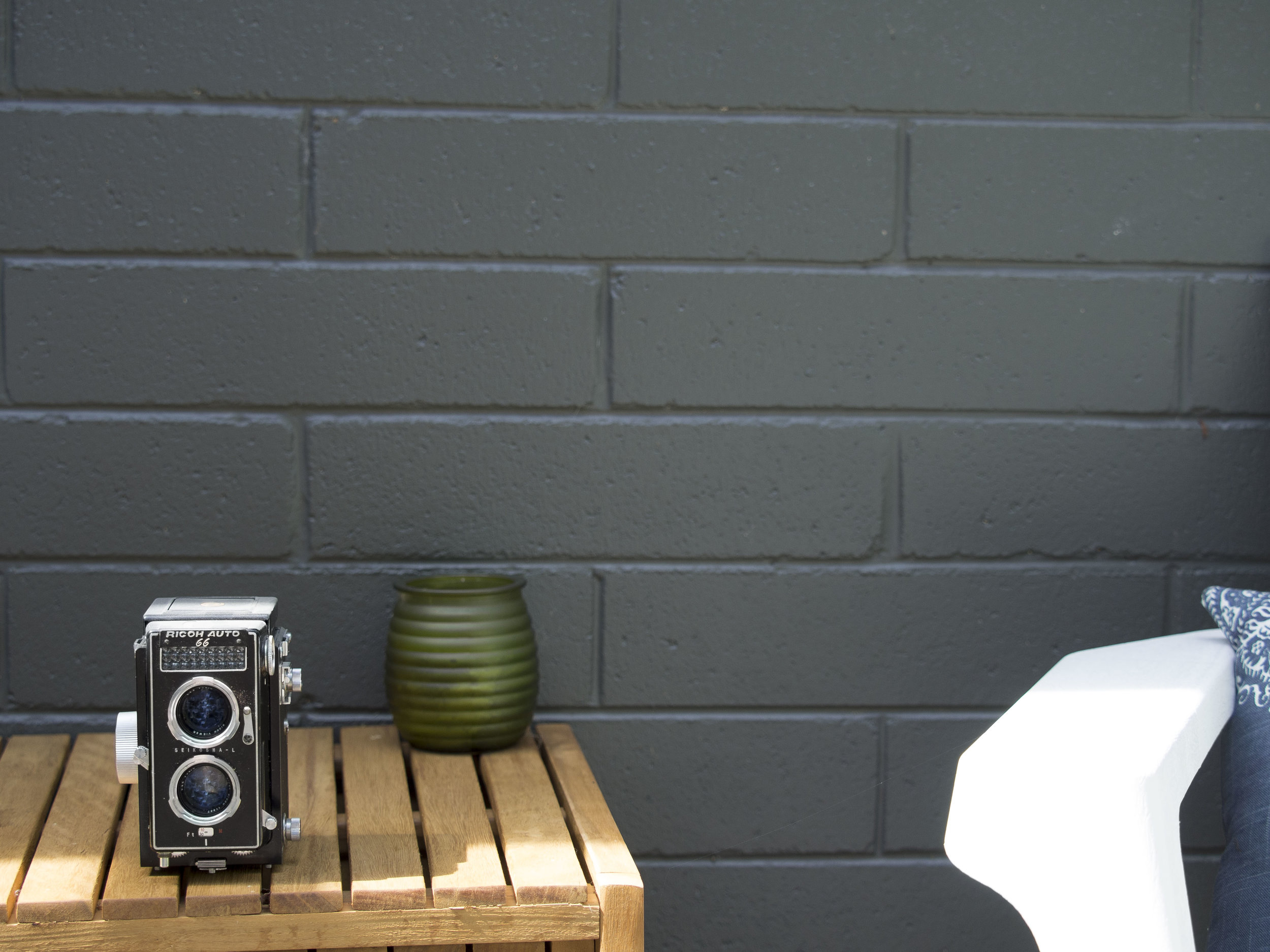
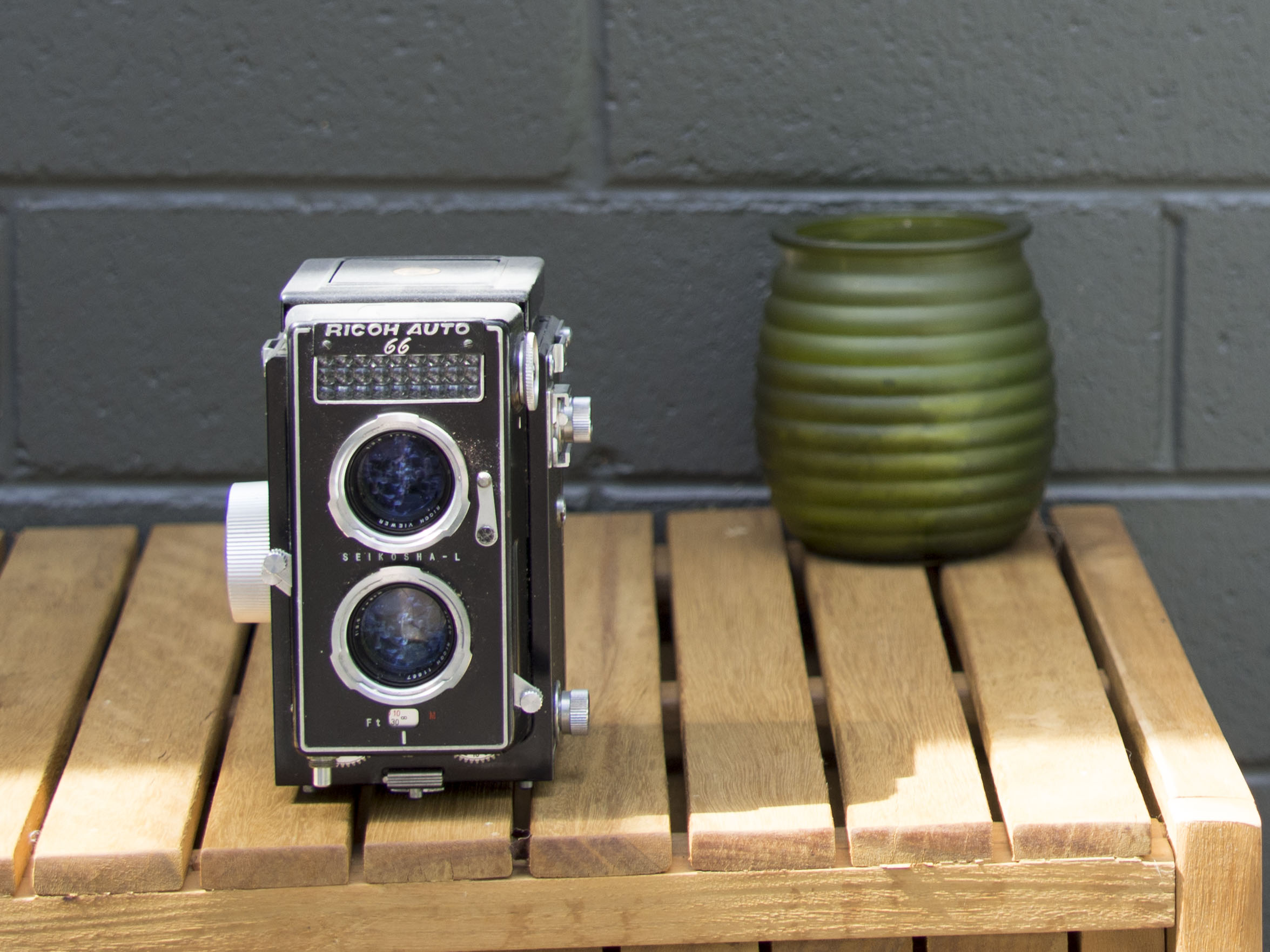
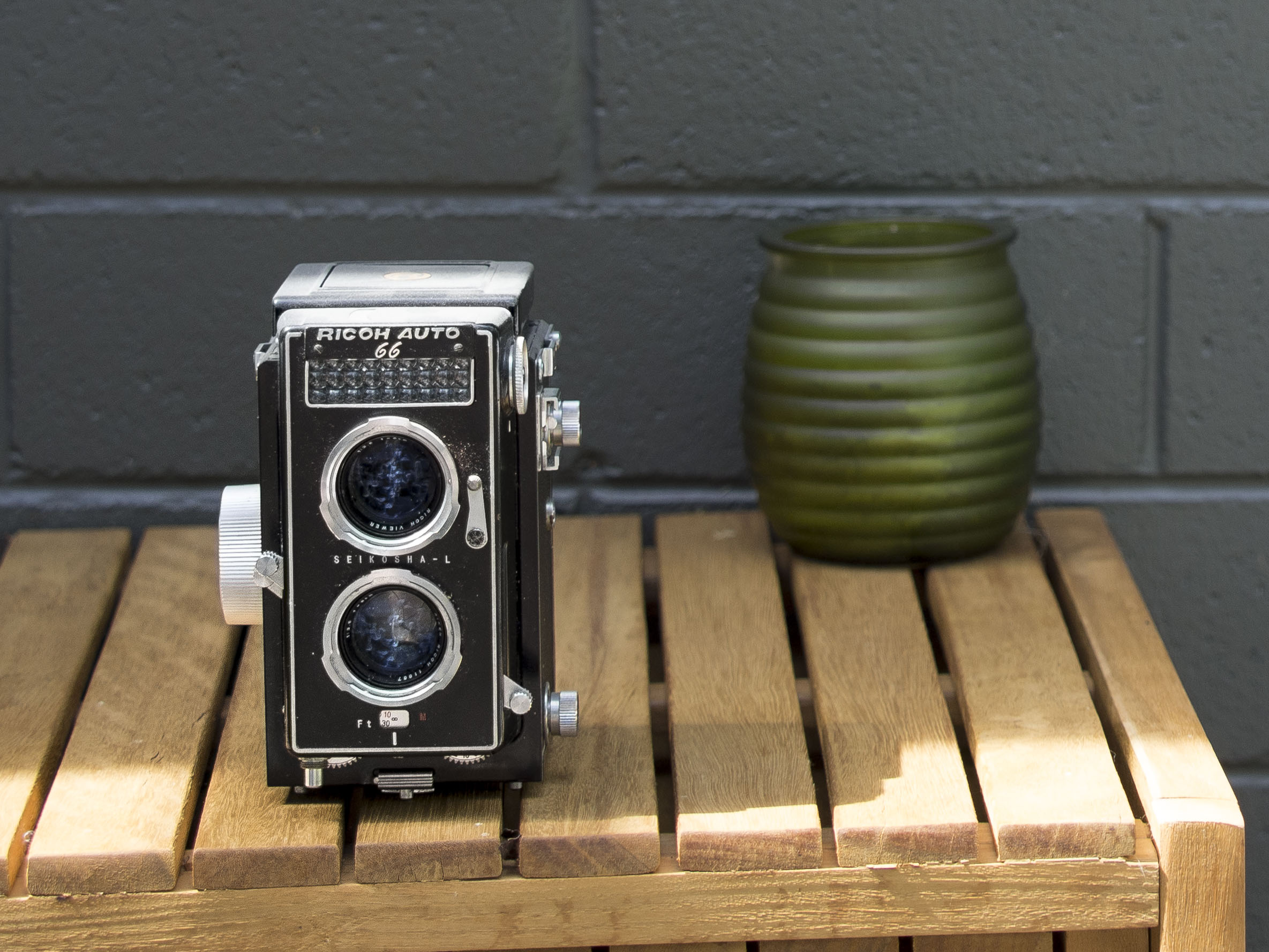
The set of images above are the 40mm setting at f2.8. The first is the uncropped image (processed), the second is the cropped but unprocessed image and the last is the cropped and processed image. The crops are sized to show the real issue at a normal print size (12"x18"), not the 200% micro analysis possible, as this is what matters to me in real terms. You can see it at this size and you can fix it at this size, but equally if you go looking for trouble you can always find. The chair arm is also a great CA torture test. remember this is the worst setting the lens has, 40mm in the corner wide open.
The good news for me is the 70-150 settings, where the lens will earn it's keep are free of the CA issue and to a large extent any sharpness drop off in the corners and the lens is within "reviewed" tolerance. When I first got the lens I compared it's corner performance to the 75mm and found them to very close, but I did not look at the 45mm for comparison.
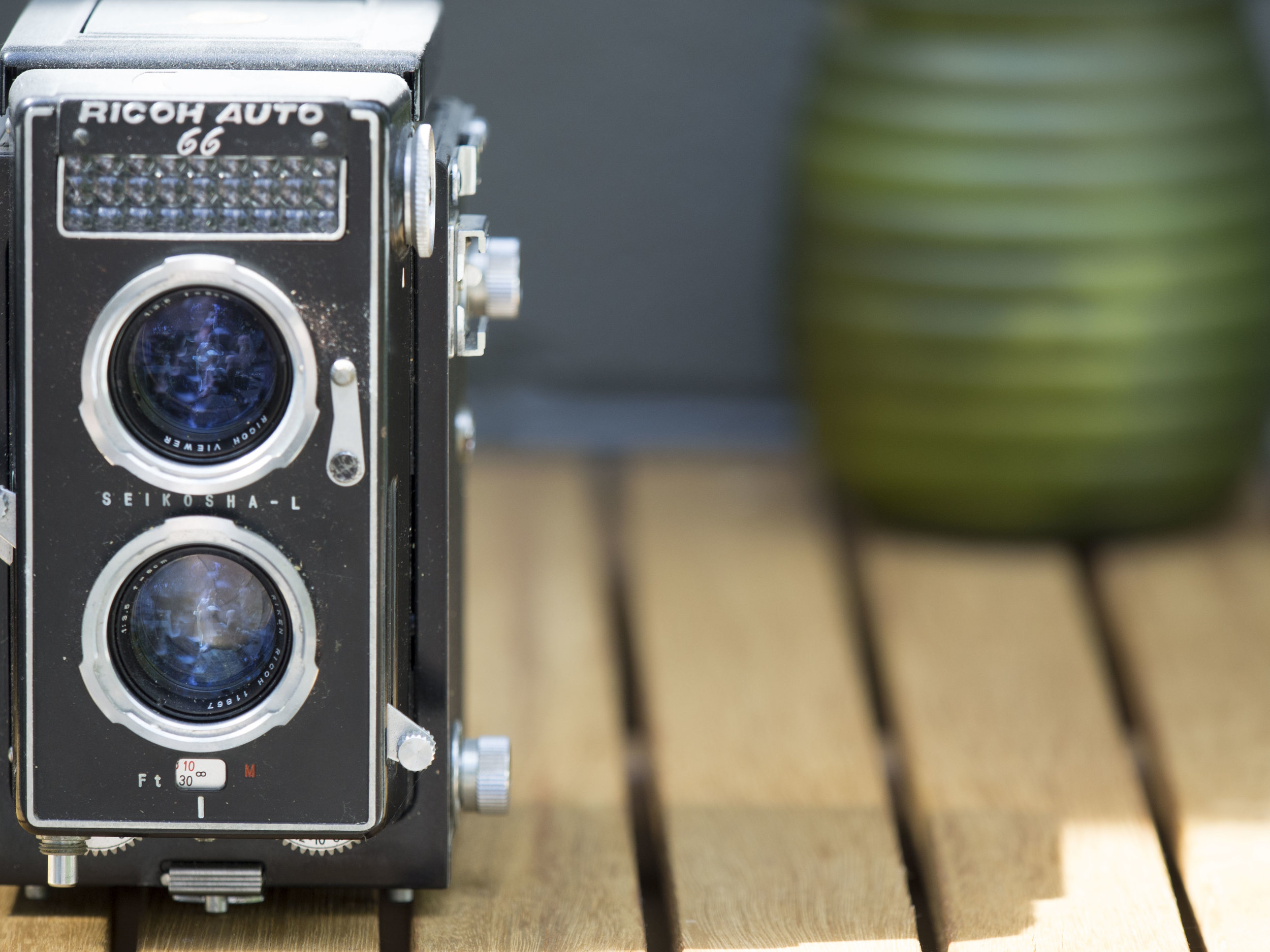
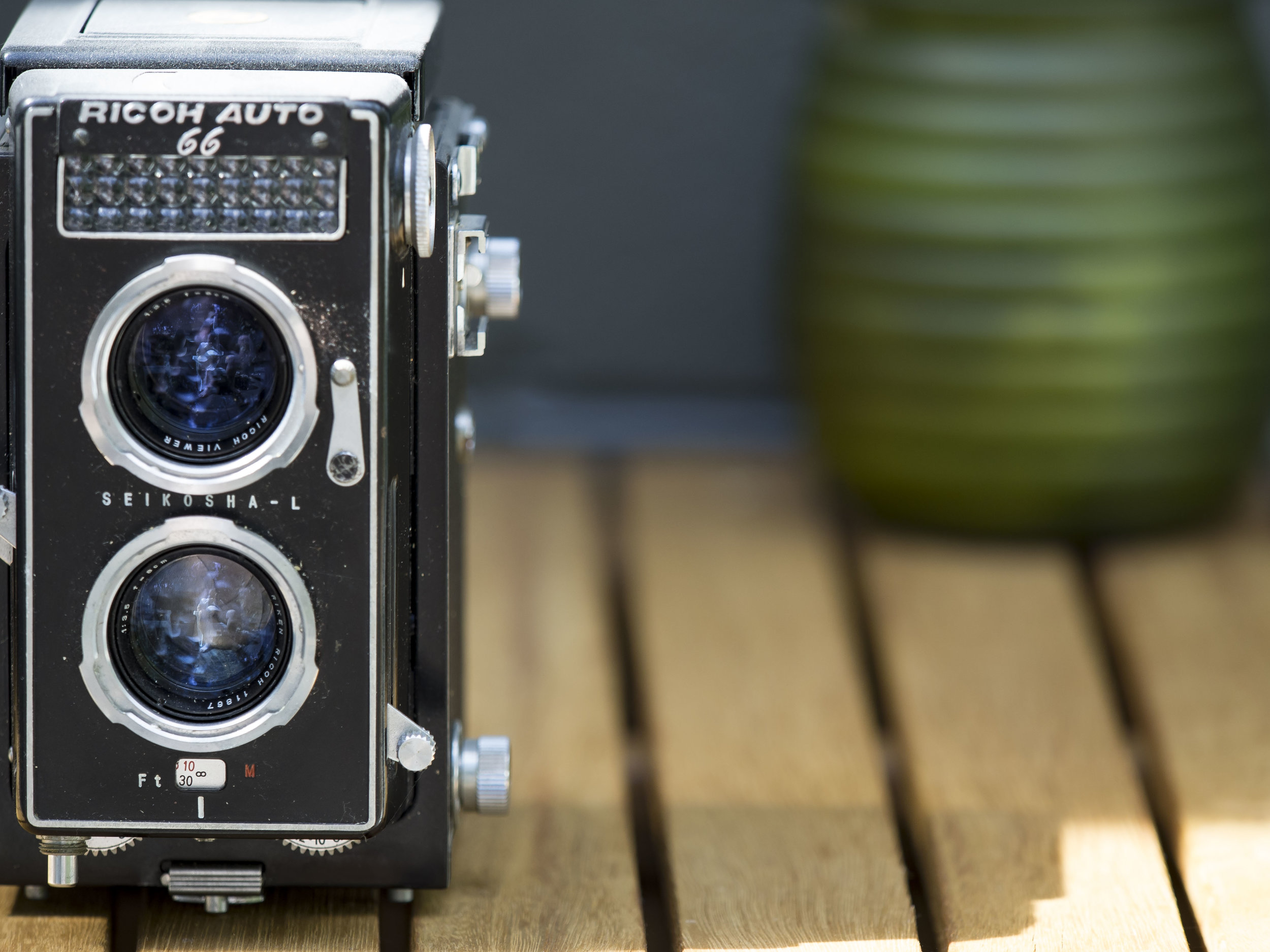
F2.8 at 150mm un cropped, unprocessed and gently processed. Note, the "66" is slightly out of focus.
The end result is that, yes there is an issue with the 40mm setting in this corner, but no others and it can be fixed with a bit of global CA and sharpening and/or a little brush work with some CA control, added contrast and clarity. A little annoying, but this focal length is also covered by the excellent 45mm and the 12-40, that is slightly less sharp in the corners at 40mm, but has less CA.
One of the things I find less alluring about zooms is they are much harder to get a handle on than primes. One quick test or a few images with a prime and you have a good idea of it's capabilities. Maybe different focal distances or conditions will show different reactions, but generally the norm will prevail. Zoom lenses add a huge group of variables due to different performance through their range. They are harder to make and harder to design, so variation will be more prevalent and perfection less likely (I think zoom manufacturing consistency is about where primes were 20 years ago), but what do we want. Roger Cicala on the excellent lens rentals blog recently wrote at length on this and my simple finding bear out his points; it is there and it seldom matters.
The two zooms were purchased with landscapes in mind, but are increasingly being used for general work. If needed, the tiny 45mm can be added to the bag for piece of mind or the whole thing can be simply ignored and fixed in post as these things are usually too minor to effect a good image!
Remember, post processing is there and will always be part of the making of a digital image, either in camera or on a computer/device. The need to use it is no less relevant than the desire to use it.
Another thing to consider is that the high res mode in the Pen F (jpeg version) allows the lens specific corrections in the newer cameras to be applied. Olympus, I am sure have included fixes where able to mitigate these issues. Something to look into.
P.S. the same lens was used to shoot the follow up images and they are fine. I am happy that I know more about my lens and what to expect than being blissfully ignorant.